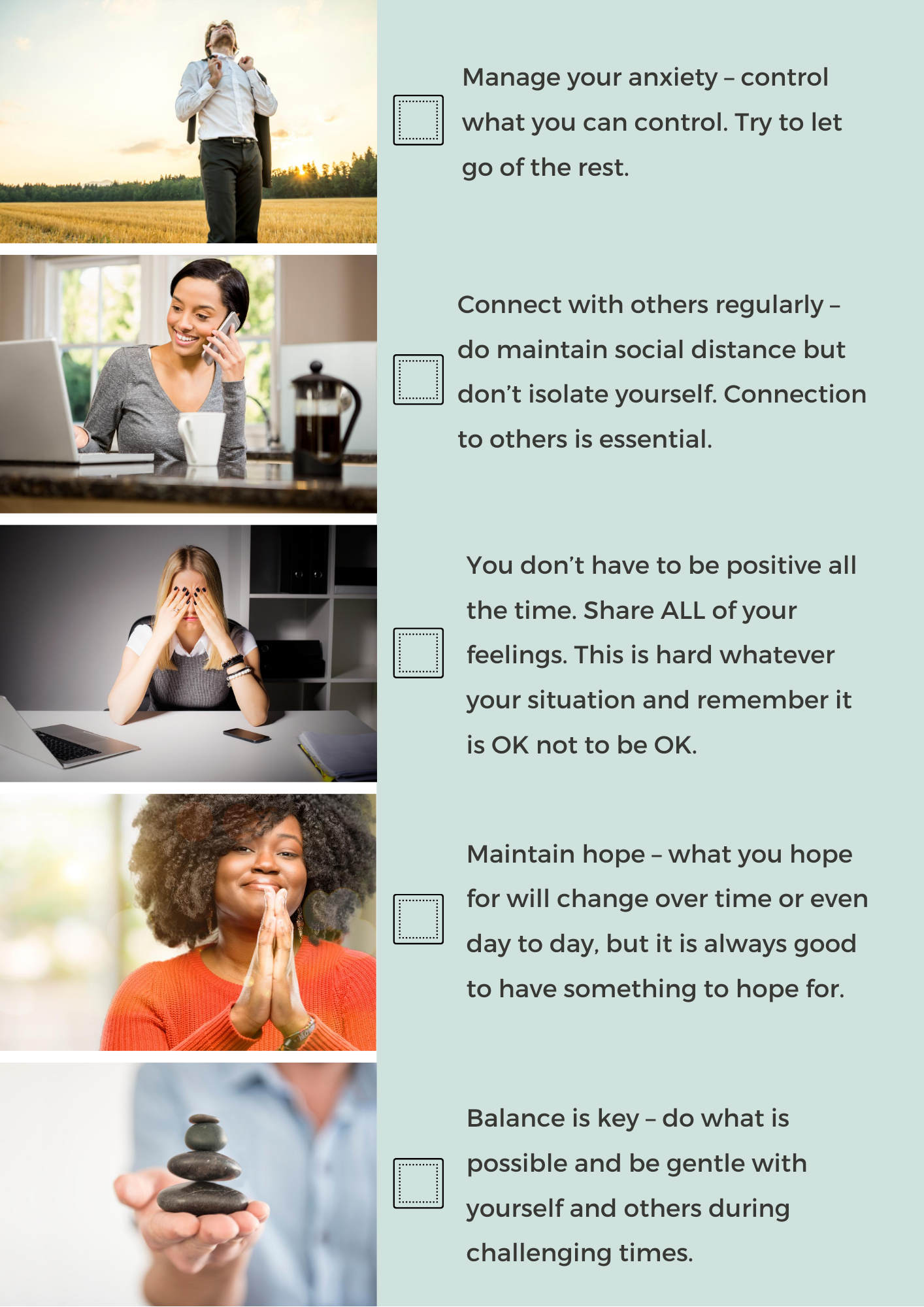
In Five Simple Steps
These days, whether you’re spending more time there or you need a place to unwind after a long day, you need to feel like your home is your happy place. With the help of a few simple tips you can turn your home into your very own sanctuary.
1. Define your sanctuary
Think about where and when you feel the most comfortable and happy; then bring elements of that into your space. Whether you feel your best reading under a cozy blanket and low lighting, or painting in a sunlit room, consider your needs for the space. It doesn’t have to be complicated, says Professional Organizer Kristy Potgieter at KLP Organizing, LLC. Her philosophy is: simple is better.
2. Appeal to the senses
Sound, smell, and color can all evoke emotions. Play music that soothes you or makes you happy, use candles, oils, or incense to fill your space with your favorite scents, and paint your walls with neutral or calming colors. Even changing out your light bulbs can make a difference. Pink light bulbs give a warm, calm glow to your space.
3. Ditch the clutter
Clutter causes anxiety and stress so your best bet is to get rid of it. While clutter looks different to everyone, a good rule of thumb is to remove anything that doesn’t serve a purpose or make you happy. For the things you use on a regular basis, Potgieter recommends storing them in baskets and bins, which can be both decorative and functional. She also says keeping your kitchen counters clear is a simple way to make your home appear clutter-free.
4. Bring nature inside
You can place a vase of fresh-cut flowers on your table or bring in some house plants. If you don’t have a green thumb, a photo of the ocean, a wall painted green, a water fountain, some seashells, or a piece of wood are all okay ways to incorporate nature into your home. It can be as simple as opening a window and letting in the sunlight, which is a known mood booster.
5. Unplug from technology
You don’t have to ban technology altogether, but pick times, such as during meals and the hour before bed, to not use technology at all. Spend less time on social media platforms by deleting the apps on your phone and only using your computer to log onto those sites. You can also use the “do not disturb” settings on your devices to allow yourself some down time.
Whatever you do, remember Potgieter’s philosophy and keep it simple. Address the things that are most important to you and let the other stuff go. “The first thing I think of when making a home a sanctuary is really taking a look around and making sure all the things you see are things you love,” she says.
Jennifer Lessinger is a professional writer and editor who learned the value of patient empowerment during her struggle with a hard-to-diagnose and complex endocrine disorder.







